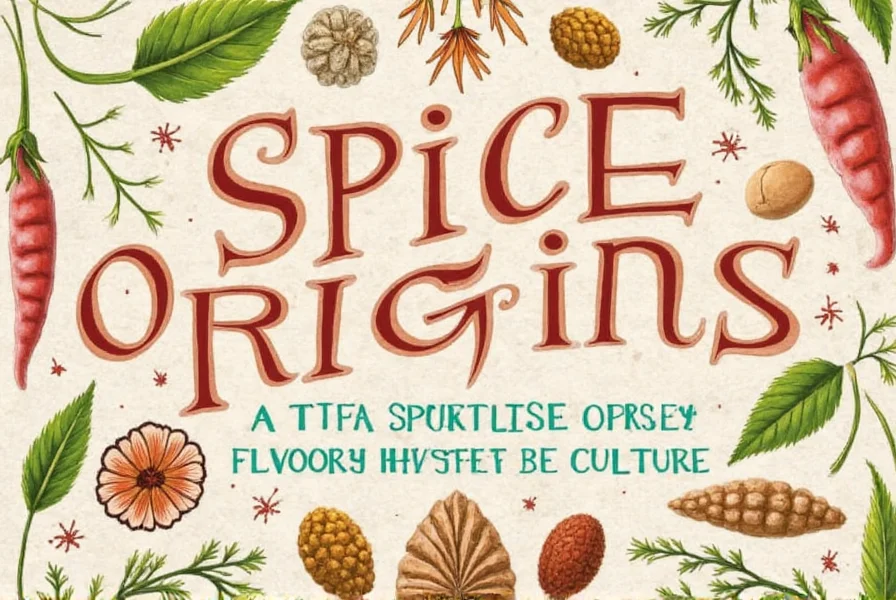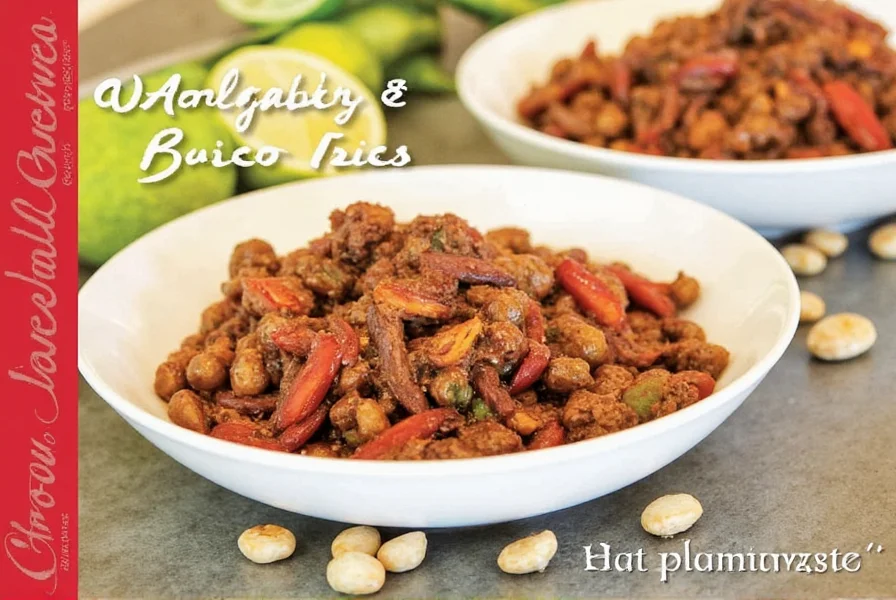Spice Up Your Life with Creole Creole: A Flavorful Journey Around the World
Table of Contents
Introduction to Creole Creole
If you're a spice enthusiast or a professional in the culinary field, you've probably heard of Creole Creole. But what exactly is it? Creole Creole is a unique blend of spices that originates from the Caribbean and French-speaking regions, particularly Louisiana and the wider Creole culture. It's not just a mix of herbs and spices — it's a flavor-packed expression of history, tradition, and taste.
The name might sound a bit confusing at first, but once you dive into its origins, it makes perfect sense. Creole Creole has roots in the diverse cultural influences of the region, including African, French, Spanish, and Native American traditions. This fusion of flavors creates a complex and aromatic seasoning that can elevate any dish.
Global Spice Traditions and Creole Creole
Spices have always played a central role in global cuisine, and Creole Creole is no exception. While it may be most commonly associated with Southern U.S. cooking, its influence extends far beyond. From the bustling markets of New Orleans to the coastal towns of the Caribbean, Creole Creole is a staple in many kitchens.
To better understand how Creole Creole fits into the world of global spices, let's take a look at some comparisons:
| Spice Blend | Origin | Key Ingredients | Flavor Profile |
|---|---|---|---|
| Creole Creole | Caribbean & Louisiana | Garlic, onion, paprika, cayenne, thyme, oregano | Smoky, spicy, herbal |
| Cajun Seasoning | Southwestern U.S. | Pepper, garlic, onion, cayenne, paprika | Spicy, bold, smoky |
| Italian Herb Mix | Italy | Oregano, basil, rosemary, thyme | Herbal, earthy, fresh |
| Mexican Chili Powder | Mexico | Chili powder, cumin, garlic, onion | Spicy, warm, slightly sweet |
As you can see, each spice blend has its own unique character. Creole Creole stands out for its balance of heat, herb, and smokiness, making it a versatile option for both home cooks and professionals.

Practical Tips for Cooking with Creole Creole
Whether you're a seasoned chef or just starting out, here are some practical tips to help you make the most of Creole Creole in your kitchen:
- Start Small: Creole Creole is a potent blend, so it’s best to use it sparingly at first. You can always add more if needed.
- Pair with Rich Flavors: This spice works well with meats like chicken, shrimp, and pork. It also enhances vegetables and beans.
- Use in Sauces and Dips: Try mixing Creole Creole into sauces, marinades, or dips for an extra kick of flavor.
- Experiment with Dishes: Don’t be afraid to try it in different recipes—like soups, stews, or even grilled vegetables.
- Store Properly: Keep your Creole Creole in an airtight container away from heat and light to preserve its potency.
One of the best ways to experience Creole Creole is by using it in classic dishes. For example, try this simple recipe:
Creole Creole Shrimp Boil
Ingredients:
- Shrimp (fresh or frozen)
- Onion
- Garlic
- Tomatoes
- Creole Creole seasoning
- Water or broth
Instructions:
- Bring water or broth to a boil in a large pot.
- Add onions, garlic, tomatoes, and shrimp.
- Stir in Creole Creole seasoning and simmer for about 10–15 minutes.
- Serve hot with rice or crusty bread.
Buying Guide for Creole Creole Spices
If you’re looking to buy Creole Creole, there are several factors to consider. Here’s a detailed buying guide to help you choose the right product for your needs:
Product Features
- Quality: Look for high-quality blends with natural ingredients and no artificial additives.
- Origin: Some blends are made in Louisiana or the Caribbean, which may give them a more authentic flavor.
- Heat Level: Creole Creole can vary in spiciness depending on the amount of cayenne pepper used. Choose based on your preference.
- Package Size: Consider how often you’ll use the seasoning and choose a size that suits your needs.
Recommended Products
Here are a few top-rated Creole Creole products available in the market:
- Old Bay Creole Seasoning
- Features: Classic blend with a balanced mix of spices.
- Advantages: Versatile and widely used in Southern cooking.
- Use Cases: Ideal for seafood, meats, and vegetables.
- Target Audience: Home cooks and professional chefs alike.
- Suitable Occasions: Barbecues, family dinners, and casual meals.
- Cajun Creole Mix
- Features: Slightly spicier than traditional Creole blends.
- Advantages: Adds bold flavor without overpowering other ingredients.
- Use Cases: Great for grilling, frying, and baking.
- Target Audience: Those who enjoy a little heat in their food.
- Suitable Occasions: Parties, picnics, and dinner gatherings.
- Caribbean Creole Seasoning
- Features: Incorporates tropical and island flavors.
- Advantages: Offers a unique twist on traditional Creole seasoning.
- Use Cases: Perfect for seafood, rice dishes, and grilled meats.
- Target Audience: Adventurous eaters and those interested in international cuisines.
- Suitable Occasions: Special events, cultural celebrations, and themed dinners.

When choosing a Creole Creole seasoning, remember that the best one is the one that suits your taste and cooking style. Whether you prefer a mild, medium, or spicy version, there’s something out there for everyone.
Conclusion
Creole Creole is more than just a spice blend—it’s a celebration of flavor, culture, and tradition. Whether you're cooking up a storm in your kitchen or experimenting with new recipes, this seasoning can bring a whole new dimension to your dishes. From its rich history to its modern-day versatility, Creole Creole is a must-have in any spice collection.
So, why not give it a try? Add a pinch of Creole Creole to your next meal and taste the difference it makes. As the saying goes, “The secret to good cooking is love, and a little bit of Creole Creole.”










 浙公网安备
33010002000092号
浙公网安备
33010002000092号 浙B2-20120091-4
浙B2-20120091-4